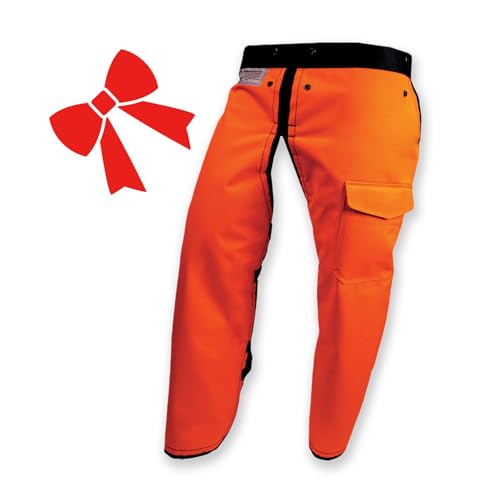Brmorgan
Addicted to ArboristSite
- Joined
- Apr 22, 2008
- Messages
- 3,248
- Reaction score
- 348
That's SAE horsepower, an obsolete rating system now. It produces about the same amount of BHP as an 088 But the torque advantage of the 090 is huge - from a little over 5 ft-lbs to around 7. Probably helps that the 090 flywheel weighs about as much as a modern 50cc saw...
Anyway I saved the following nifty torque/horsepower chart from another thread on this site quite a while ago. I take no credit for it, and I'm not even sure who is responsible for it to give credit to. Hope they don't mind me reposting it.

PS - check out the 090G's torque rating compared the 070, which is the same engine. And some have built 090Gs with the big 137cc top-end so I can't imagine where the torque on one of those would rate.
Anyway I saved the following nifty torque/horsepower chart from another thread on this site quite a while ago. I take no credit for it, and I'm not even sure who is responsible for it to give credit to. Hope they don't mind me reposting it.
PS - check out the 090G's torque rating compared the 070, which is the same engine. And some have built 090Gs with the big 137cc top-end so I can't imagine where the torque on one of those would rate.


























































